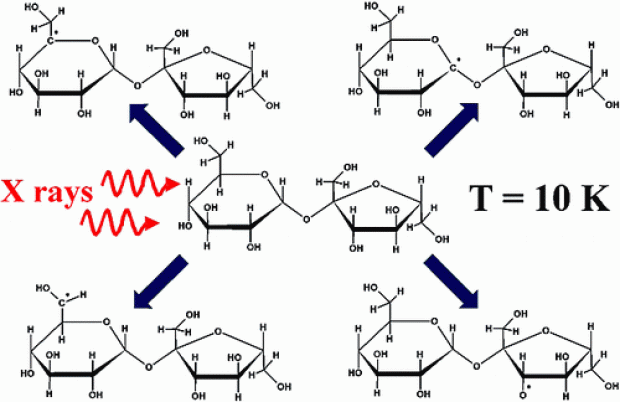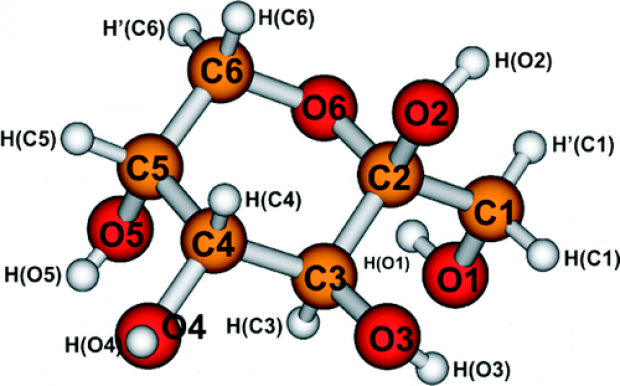X- (X = O, S, Se) Ions in Alkali Halide Lattices through Density Functional Calculations. 2. Interstitial Defect Models
Abstract
Density functional theory techniques are used to investigate the defect structure of X- (X = O, S, Se) ions in MZ (M = Na, K, Rb and Z = Cl, Br) alkali halides which exhibit monoclinic-I g-tensor symmetry, using cluster in vacuo, embedded cluster, and periodic embedding schemes. Although a perturbed interstitial defect model was suggested from electron paramagnetic resonance experiments (EPR), the nature of the perturbation is still unknown. An appropriate defect model is developed theoretically by comparing structural and energetical properties of various defect configurations. Further validation is achieved by cross referencing experimental and computed EPR data. On the basis of the computational results, the following defect model is proposed: the X- ion is located interstitially with a charge compensating halide vacancy in its first coordination shell.


